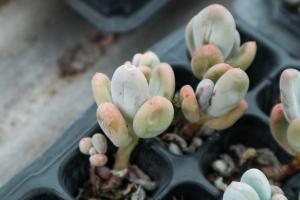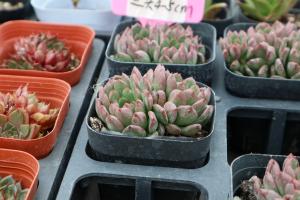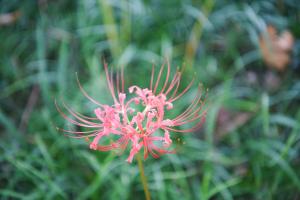Introduction
Curly top is a serious viral disease affecting tomato plants. It has been known to cause significant losses in tomato production worldwide. The disease is caused by a virus, and generally, it is transmitted by an insect called the beet leafhopper. The curly top virus (CTV) is responsible for the disease, and it is characterized by the curling of the leaves, the stunting of plant growth, and eventual death of the plant. In this article, we examine the causes of curly top in tomato plants.
The Role of the Beet Leafhopper
The beet leafhopper, scientifically known as Circulifer tenellus, is the main vector that transmits the curly top virus to tomato plants. The insect feeds on several different types of plants, and this can facilitate the spread of the virus. The beet leafhopper survives on weeds during the winter season and then migrates to crops such as tomatoes during the growing season.
The Curly Top Virus
The curly top virus (CTV) is a geminivirus, which is part of a larger family of viruses called the Begomoviridae. There are different strains of CTV, but all of them cause severe curling of the leaves, yellowing, and wilting of the plant. There is currently no cure for the disease, and affected plants usually die within weeks of infection.
Environmental Factors
Other than being transmitted by the beet leafhopper, environmental factors can also contribute to the spread of curly top. Water-stressed plants are more susceptible to the virus than those that are well-hydrated. Also, high temperatures favor the disease's development and spread. The disease is more prevalent in areas with hot and dry weather, for example, in the southwestern United States.
Susceptibility of Tomato Varieties
Some tomato varieties are more susceptible to curly top than others. Varieties that exhibit resistance to the virus can help prevent its spread. Most commercial tomato varieties are highly susceptible to the virus, but there are some resistant varieties available. This genetic resistance can provide an excellent way of limiting the damage caused by the disease.
Prevention and Treatment
Preventing curly top in tomato plants mainly involves controlling the beet leafhopper populations. This can be achieved by applying insecticides and consistently removing weeds from around the plants. Also, farmers can plant during the season when the beet leafhopper populations are low. Crop rotation can also reduce the spread of the disease.
There is currently no cure for the curly top virus, and infected plants should be removed and destroyed to prevent the spread of the disease. The disease can persist in a field for years, so it is essential to remove all infected plants to prevent future outbreaks.
Conclusion
Curly top is a serious viral disease affecting tomato plants that can cause significant losses in tomato production. The disease is caused by a virus, which is transmitted by the beet leafhopper. Environmental factors and the susceptibility of tomato varieties can also contribute to the spread of the disease. Preventing curly top mainly involves controlling the beet leafhopper populations and planting resistant tomato varieties. Infected plants should be removed and destroyed to prevent the spread of the disease to other plants in the field.

 how many times do yo...
how many times do yo... how many planted tre...
how many planted tre... how many pine trees ...
how many pine trees ... how many pecan trees...
how many pecan trees... how many plants comp...
how many plants comp... how many plants can ...
how many plants can ... how many plants and ...
how many plants and ... how many pepper plan...
how many pepper plan...
































